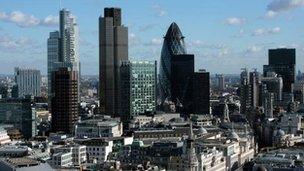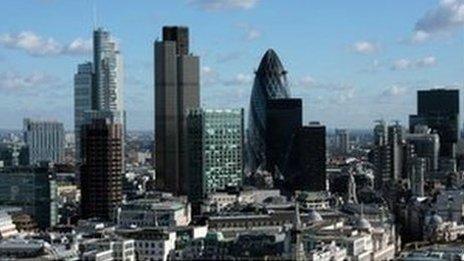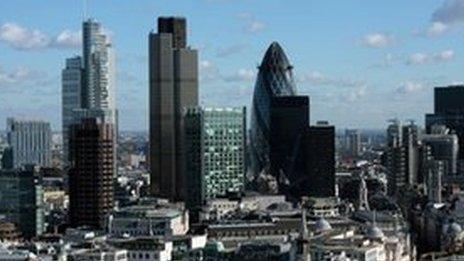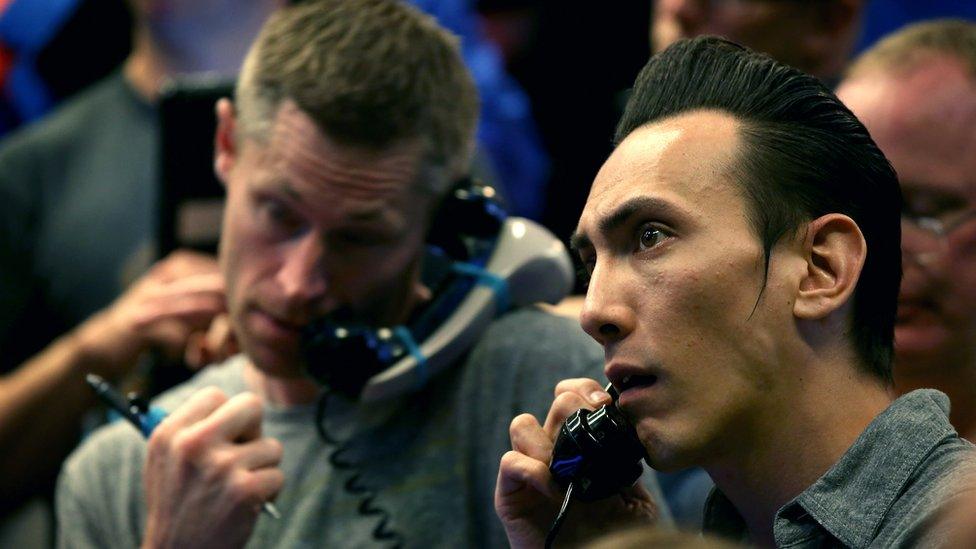Libor change aims to prevent rigging scandal repeat
- Published

Changes will be made to Libor to ensure there is no chance of any more rate-rigging
A banking industry body is to change how the key Libor interest rate is set, in order to avoid a repeat of last year's rigging scandal.
The British Bankers' Association (BBA) said publication of banks' individual submissions would be embargoed for three months to avoid "manipulation".
The Libor rate is used to set trillions of dollars of financial contracts, including many mortgages.
The change, after a review by the government, will start on 1 July.
The bank submissions will "remain available in real-time to the Libor benchmark administrators, for the purposes of calculating the rate and for monitoring and surveillance".
However, individual banks will no longer be able to see each others' estimates of their borrowing costs - which are used to calculate Libor - on the day of submission.
Last year, Barclays was fined £290m ($454m) by British and US regulators for manipulation of Libor and Euribor interbank rates between 2005 and 2009.
Several other banks have also been implicated in the scandal. They were found to have colluded in fixing the Libor setting in order to boost the profits of traders prior to the financial crisis.
Individual banks were also found to have under-stated their submissions in the period during and after the crisis, in order to avoid the perception that they were having to borrow at higher interest rates than their peers and might therefore be in financial difficulty.
The London Inter-bank Offered Rate (Libor) is currently set in London and is meant to reflect the average rate that banks pay to lend to each other.
It is used to benchmark everything from car loans and mortgages to complex financial transactions around the world.
It is currently set each day by the BBA based on estimates received from 16 major international banks in London of how much they must pay in order to borrow cash from other banks.
Euribor is the eurozone equivalent of Libor.
- Published3 August 2015

- Published6 June 2013

- Published8 May 2013
